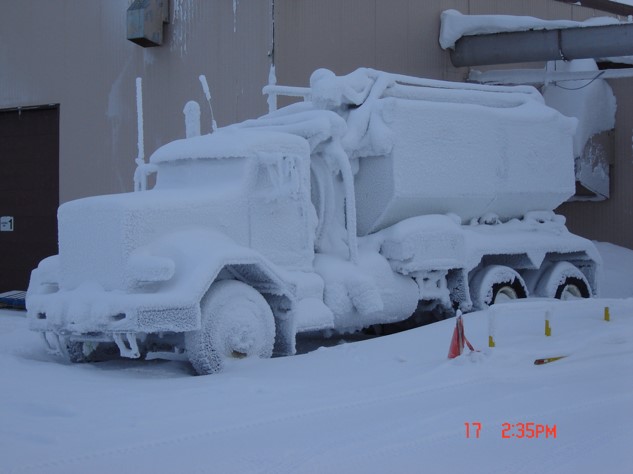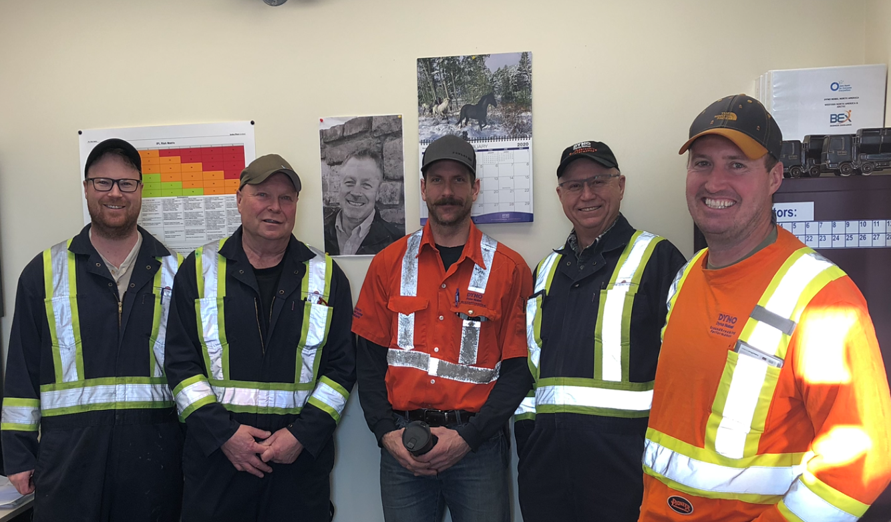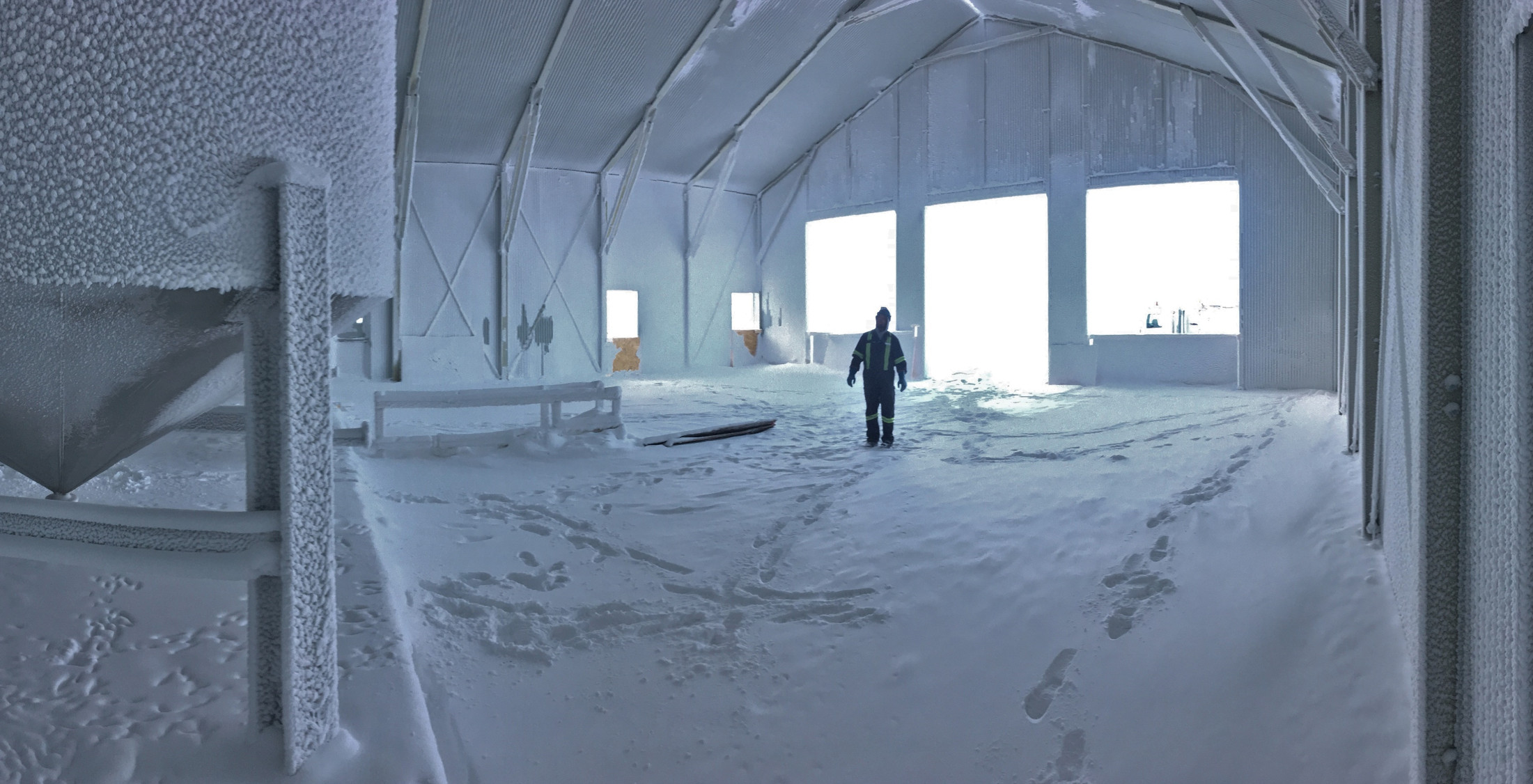Arctic Work Crews Make Major Adjustments to Their Unique Schedule to Stay Safe During Covid-19
For nine Dyno Nobel Arctic crews, viewing the spectacular Northern Lights is just a part of their normal work environment, as are temperatures reaching -54F with a windchill of -76F and whiteout blizzards.
Because of the difficulty of getting to the extreme Northern parts of Canada, Arctic work crews at mine sites generally fly in for 2-3 weeks and then are home for 2-3 weeks. Since Covid-19, these crews have moved to a 4-week rotation. As you can imagine, this schedule can be taxing both physically and mentally. After a while, phone calls, face time and other electronic communications are not quite as satisfying, and managing fatigue becomes extremely important.
Tom Medak is the Regional Operations Manager for Arctic Canada and has worked for Dyno Nobel for 42 years. Tom is extra proud of the work his teams are doing during this difficult time. He says, “The employees continue to show up for work and have embraced the extensive screening process to keep fellow workers and sites safe. Modifying to 4 weeks on and 4 weeks off is a significant change from the day to day, for them, and their families, but these employees continue to meet customer demands on reduced staffing levels.”

Families of these workers are also impacted by this lifestyle. Being without loved ones for lengthy periods, missing holidays, children’s events, and being unable to be present immediately for family emergencies, all take a toll. These are some of the things that our employees have been working through with their families for the duration of their career. Spouses have learned to be strong and independent, willing to recognize that another employee’s inability to attend work may require their loved one to stay away a little longer. While these are hardships, the employees are determined not to dwell on the challenges but focus on how fantastic that stretch at home is.
Working in the Arctic also has other challenges. Depending on seasonal needs, AN loads can vary from 150-300 supplies to be delivered. Workers in the AN sheds are in constant cold, and the sun doesn’t have time to warm up these sheds, that aren’t heated. When it is -40F outside, it is usually a little cooler in the shed. Yet, we have winter road employees who return year after year to work in this environment, 24/7.
Another hardship is the darkness. During some of the year, there are 24 hours of darkness. This affects surface workers as they get limited sunlight, but Underground employees may not see the sun for the entire duration of their 4-week rotation.

What’s interesting is, from site to site, each of our leaders have expressed that it’s because of the strong and supportive leadership from their hands-on manager Tom Medak, that they strive to meet his high expectations. However, Tom emphasizes that it is each of the leaders at the site that truly make them as successful as they are. He has high expectations, and so do they. They make it happen through their focus of Professional Orientation Attitude.
What really makes them successful is that they recognize that they need to work safe for themselves and their families. Arctic employees are proud of what they do, and it shows when you visit their sites.
Seamus Kilcommons
HSEC Manager Canada



